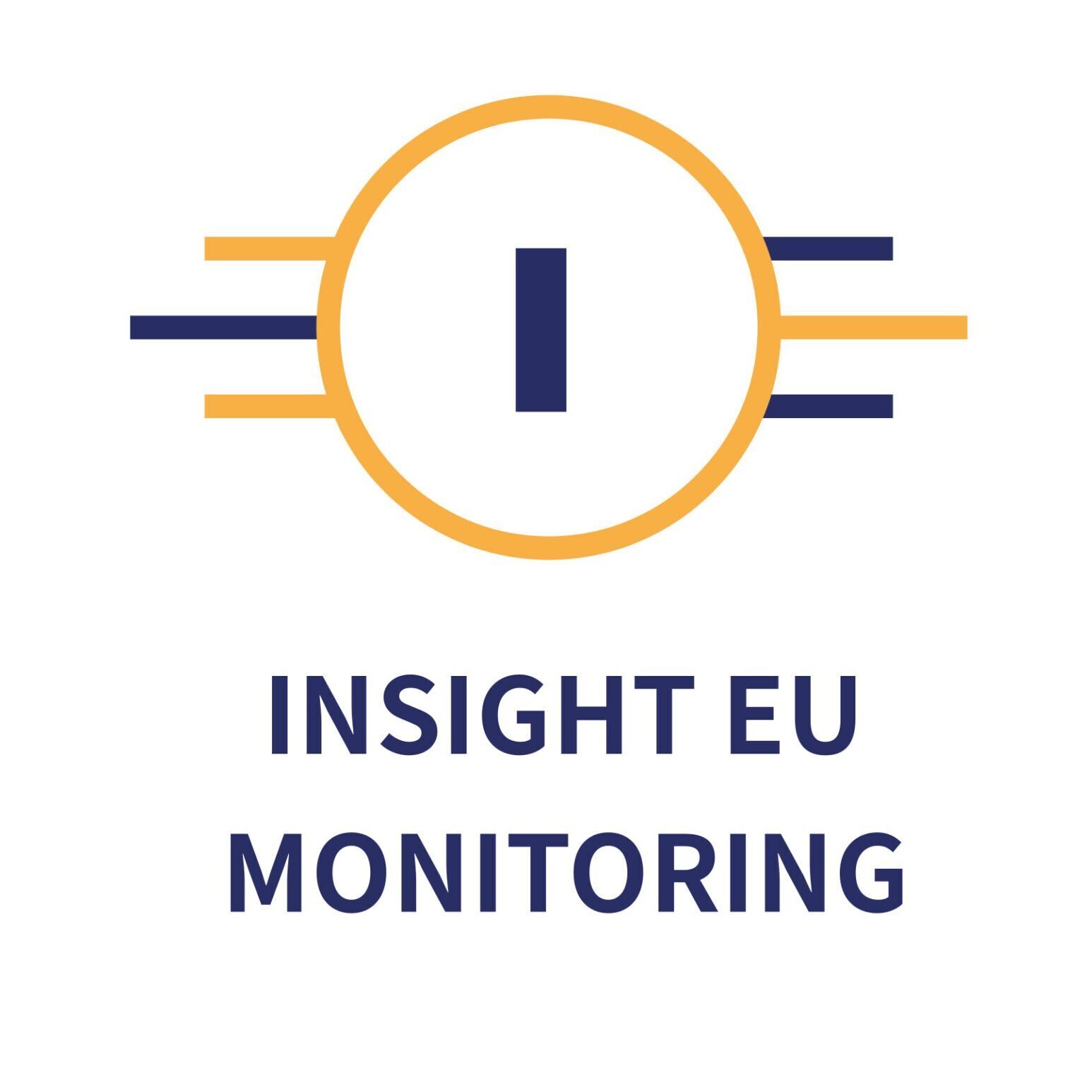Fisheries
Baltic Sea fishing opportunities for 2022
The Council agreed on the total allowable catches (TACs) and member states’ quotas for the ten most commercially important fish stocks in the Baltic Sea for 2022. The agreement determines the quantities of each species that member states will be allowed to catch in 2022 and also sets out certain conditions for fishing vessels operating in the region.
The agreement includes a number of changes to the previous year’s TACs. In particular:
- Due to low biomass levels, the TAC for herring in the Western part of the Baltic Sea was limited to bycatches and was reduced by 50%; in the Central Baltic it was cut by 45%.
- Given the lack of improvement in cod stocks, the Council continued the practice of setting only a specific TAC for bycatches. This was also the case for salmon in the Main Basin, although the TAC for salmon stocks in the Gulf of Finland saw a moderate increase.
The TACs for plaice and sprat were increased by 25% and 13% respectively.
Today’s agreement strikes a balance between supporting EU fishermen and women and ensuring the long-term sustainability of fish stocks in the Baltic region. It is based on sound scientific advice and reflects the Council’s commitment to upholding the objectives of the Common Fisheries Policy while also addressing environmental concerns.
Jože Podgoršek, Slovenian Minister for Agriculture
- Baltic Sea: Council agrees catch limits for 2022 (press release, 12 October 2021)
- Council agreement on 2022 catch limits in the Baltic Sea
- Management of the EU’s fish stocks (background information)
Infographic – Fishing quotas after Brexit
UK fish stocks
Ministers held an exchange of views on fishing opportunities for stocks shared with the United Kingdom for 2022. Following the UK’s withdrawal from the EU, consultations with the UK on shared fish stocks are set to take place annually in line with the EU-UK Trade and Cooperation Agreement. The delegations provided guidance to the Commission on the position to be taken by the EU in these consultations. In particular, they emphasised the need to base TACs on scientific advice and to comply with the objectives of the Common Fisheries Policy, taking the economic, social and environmental aspects of sustainability into account. Many member states also reiterated the importance of presenting a united front in these negotiations. In the margins of the meeting, a number of member states signed a political declaration on the UK’s decision not to grant fishing licences to a number of French fishing vessels in the waters of Jersey and Guernsey. This declaration supported France’s position and called on the UK to respect the provisions of the TCA.
EU-Norway and Coastal States fishing consultations for 2022
Ministers held an exchange of views on consultations with Norway and the Coastal States for fishing opportunities in 2022. Negotiations with Norway are due to take place between mid-October and late November, with Coastal State consultations commencing in late October. Delegations discussed the EU’s priorities and prepared the ground for these consultations.
EU participation in Atlantic tuna meeting
Ministers were asked to provide guidance to the Commission on the position to be taken by the EU at the annual meeting of the International Commission for the Conservation of Atlantic Tunas (ICCAT), which this year will take place from 15-22 November. The discussion included, inter alia, proposed measures to manage tropical tuna (in particular bigeye tuna) and protect the shortfin mako shark, the recovery of bluefin tuna stocks, and the importance of avoiding a negative impact on small-scale and artisanal fisheries. ICCAT is responsible for ensuring the long-term conservation and sustainable use of fishery resources and safeguarding marine ecosystems. Its recommendations have direct implications for the EU’s annual fishing opportunities.
